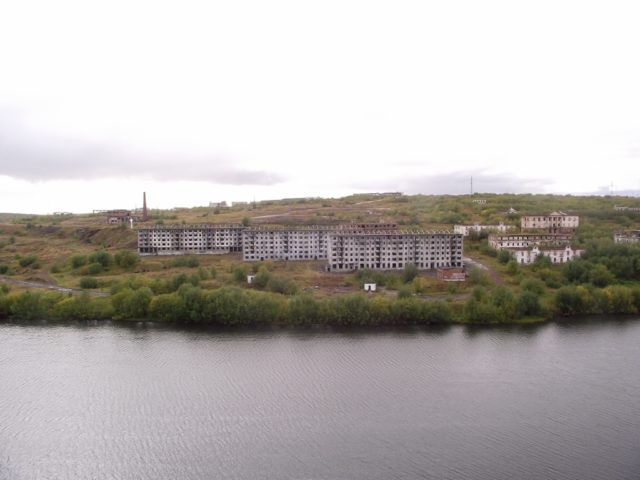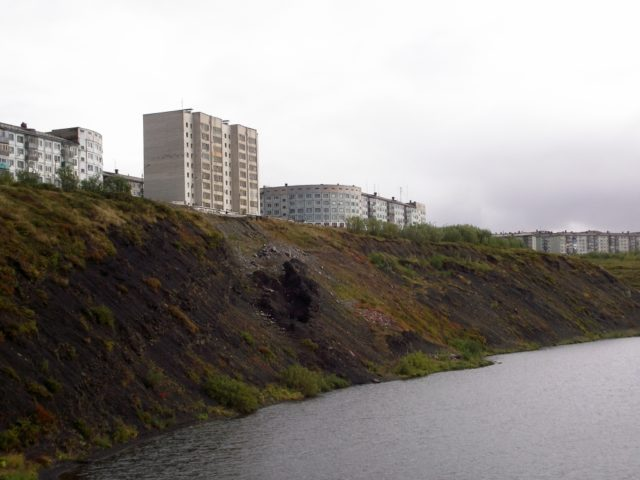There is an abandoned Russian mining community opposite the city of Vorkuta, in the Komi Republic, Russia. The village of Rudnik and the city of Vorkuta are separated by a river, also called Vorkuta.
Rudnik is just one of several villages that were built on the other side of the river, and it was originally used to accommodate prisoners who worked the mines.
Today, the only way to enter the village is over a pedestrian bridge, but previous visitors warn that it’s been dismantled for its wood and can be very precarious.
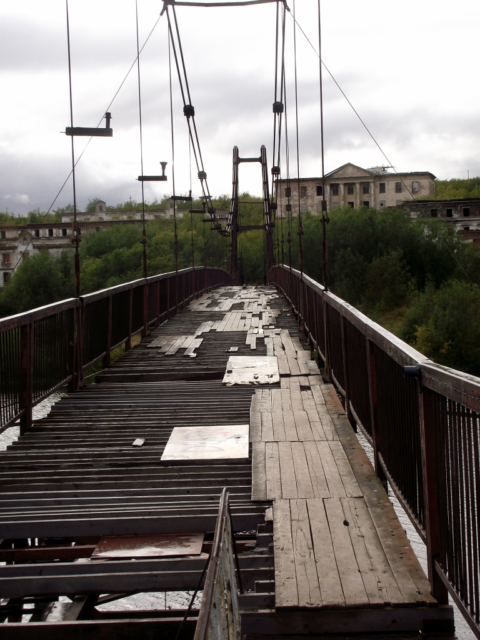
In 1930, some research was conducted in this area and the results revealed the presence of coal. The first mine was opened in July 1932, and commercial mining really took off about two years later.
After that, several mining towns were built in the area. To begin with, they were considered to be camps rather than villages as they housed the prisoners who were sent there to work the mines. However, gradually civilians moved there too.
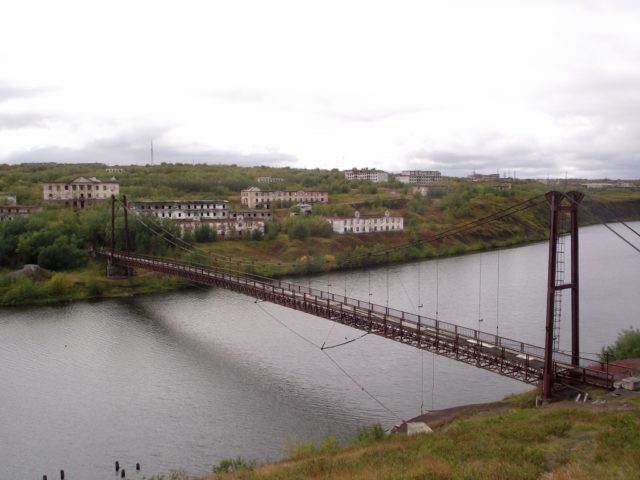
The first camp, founded in August 1931, would go on to become the village of Rudnik. As soon as the buildings were completed, prisoners were brought to live here.
A year later, there were 1,200 prisoners and only nine people in charge of their supervision and overall security.
The first coal mine in the village was opened in the summer of 1932 and industrial coal mining immediately began. Prisoner labor was used both to construct the mine and then to dig for coal.

By 1933, two large camps had been created in the village, with about 2,400 prisoners in total. By then, a civilian village had also grown up nearby and 382 people made their home in Rudnik. For this new village, the prisoners were ordered to construct industrial facilities, residential buildings, and offices.
The village of Vorkuta was founded in 1936, a little after the village of Rudnik but the two settlements would develop in parallel for many years until Rudnik began its decline into a ghost town.
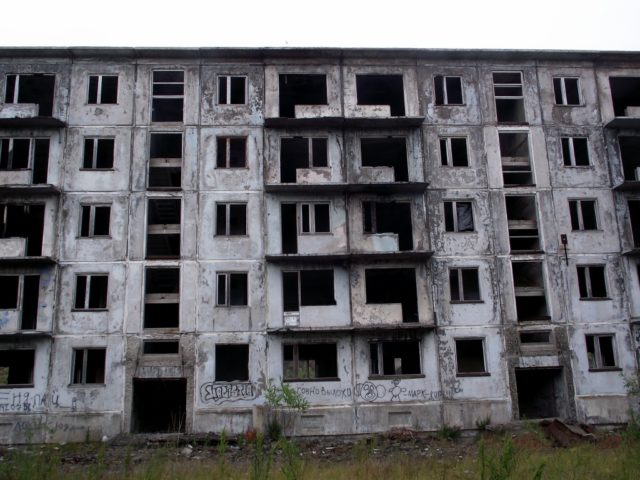
In 1938, the Vorkutlag was built, although at the time it was known as Ukhtpechlag. This prison became a major GULAG camp in the Soviet Union and at its height in 1951, it housed 73,000 prisoners.
The settlement of Vorkuta had grown so much by 1943 that it was granted city status. Mines and villages grew up around it. A railway was built to export the coal that the mines produced and to import construction materials and food to the settlements, including the village of Rudnik.
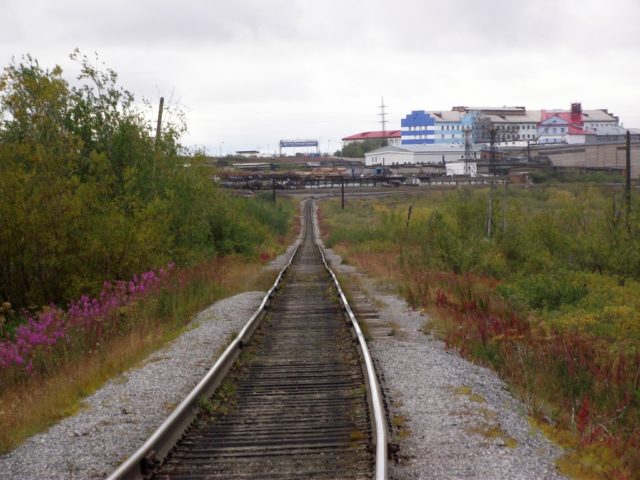
After the war, the city and its mining villages continued to grow. At the end of the 1940s, coal production had risen to nine million tons a year. In 1969, several of the nearby villages, including Rudnik, were officially brought within the city’s borders.
An education system was developing in Vortuka which offered a polytechnic institute, a mining school, a medical school, and a school of music. The city was developing rapidly, with sanatoriums, boarding houses, and pioneer camps also being built.
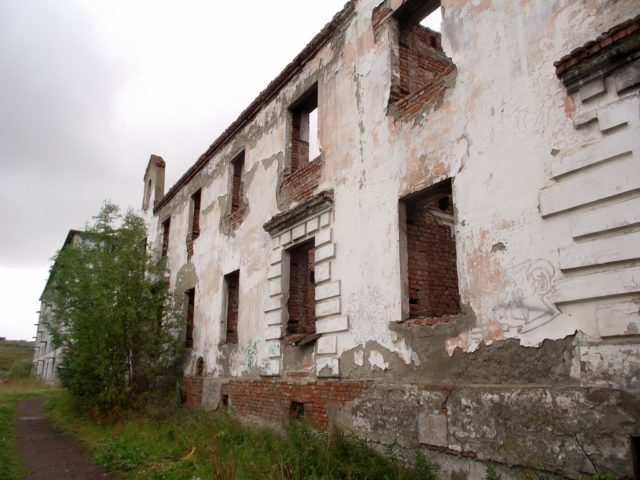
By 1989, the booming city of Vorkuta had a population of more than 115,000. But in the 1990s, coal production began to reduce and the local government was forced to close down several mines. As a result of the mines closing, some of the settlements were liquidated as well.
The village of Rudnik had already begun to decline in the late 1980s. Local authorities had taken control of relocating residents to the center of Vorkuta. By the early 1990s, the village across the river had become abandoned and neglected.
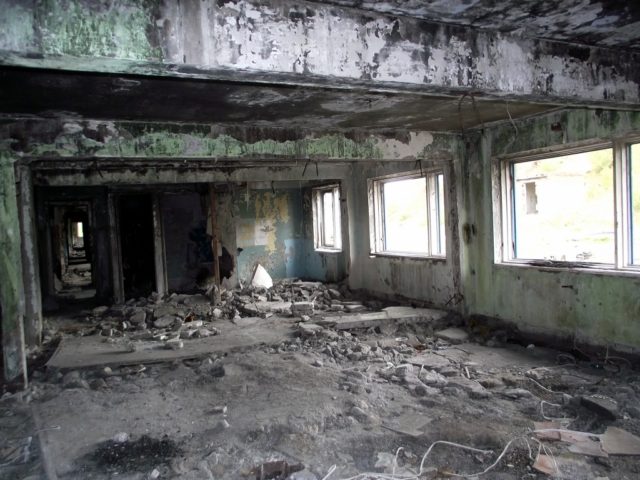
Currently, the village of Rudnik is a draw for lovers of abandoned places, curious visitors, and former locals. Many buildings have been demolished, but some were left intact. For example, the ruins of such architectural structures as the former Vorkuta geophysical department.

It is interesting to note that even though the village of Rudnik is abandoned, one mine continues to work nearby. This means that the railway has not ceased its activity either, and walking through the deserted streets of Rudnik, visitors can still hear the distant sounds of work and life.

Nord Ursus is the nickname for a Russian LiveJournal account and the owner is Konstantin Kartashov from St Petersburg, Russia. He is a museologist who is interested in history, geography, architecture, and transport, among other things. He shares his traveling experience with beautiful photos and stories in his blog.
You can check out his page if you want to support him, get in touch, or just enjoy his travel stories.

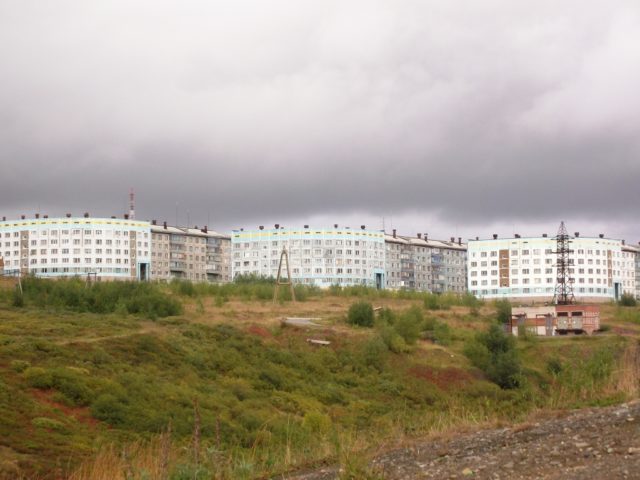
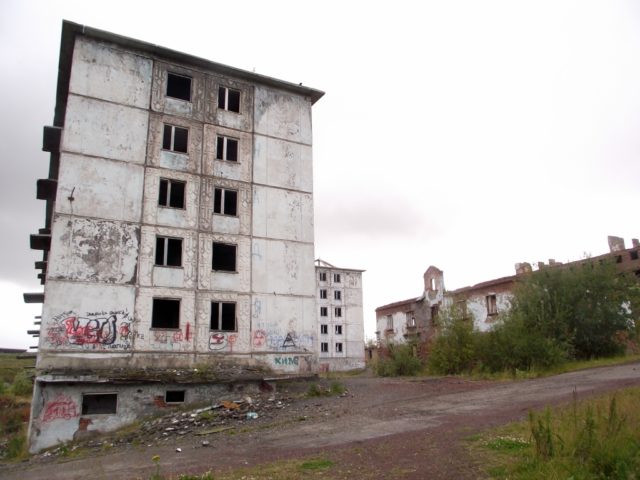
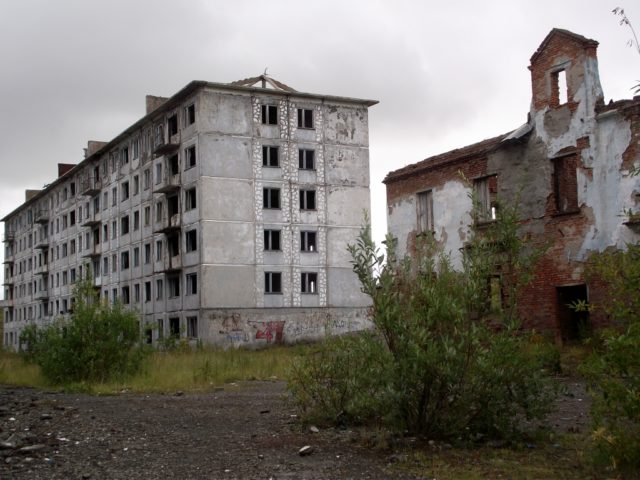
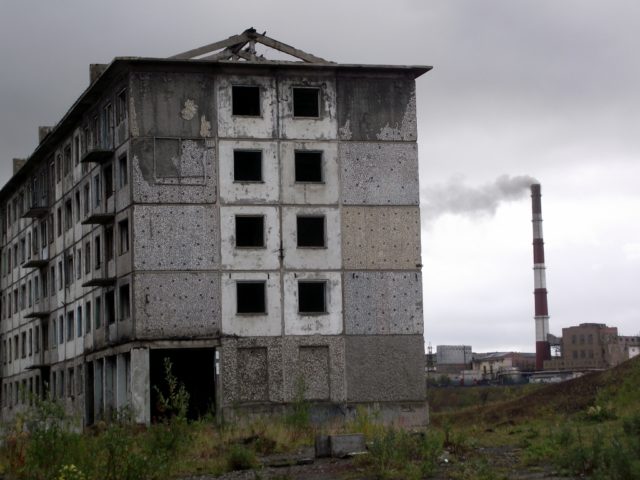
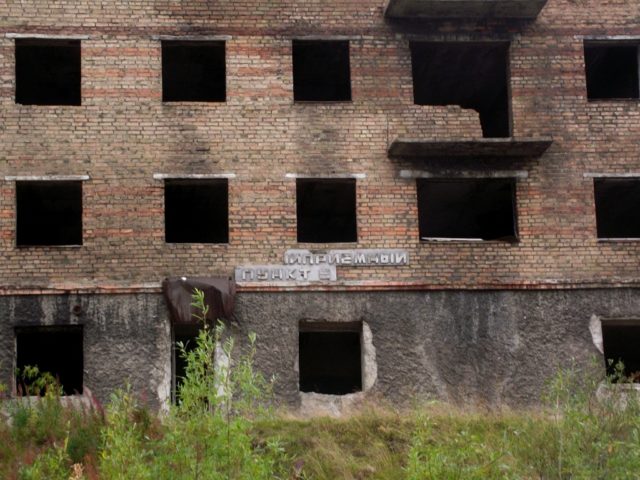
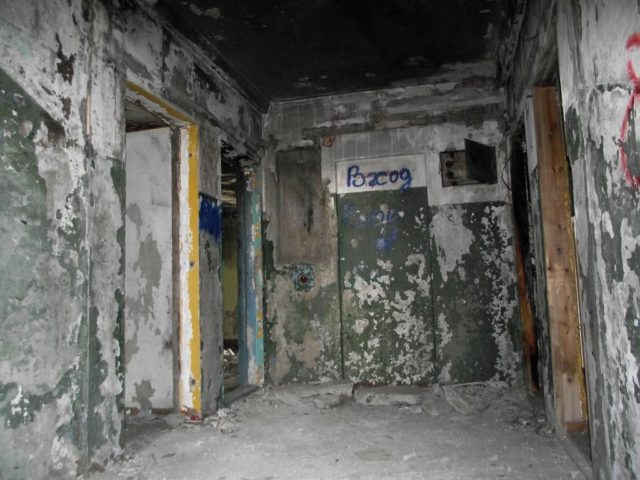
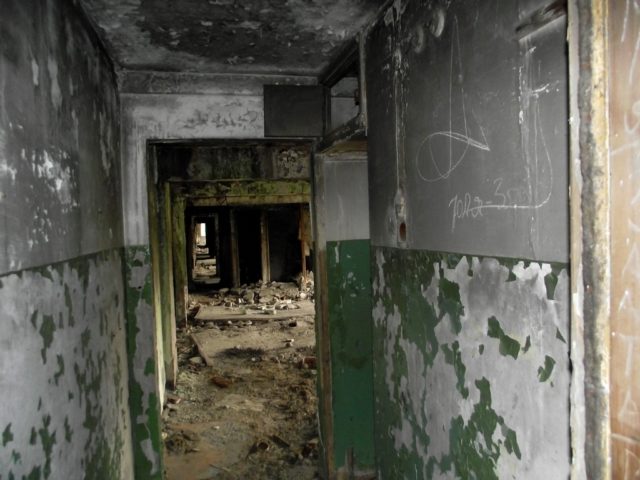
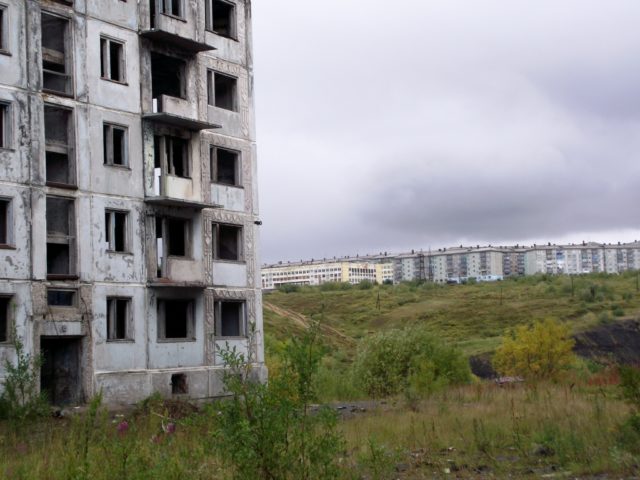
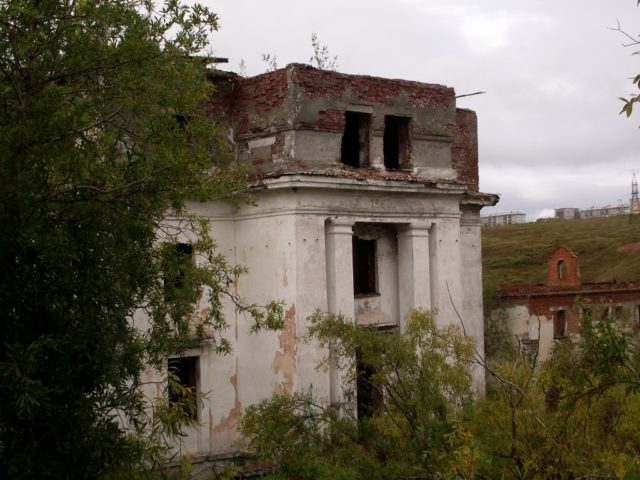
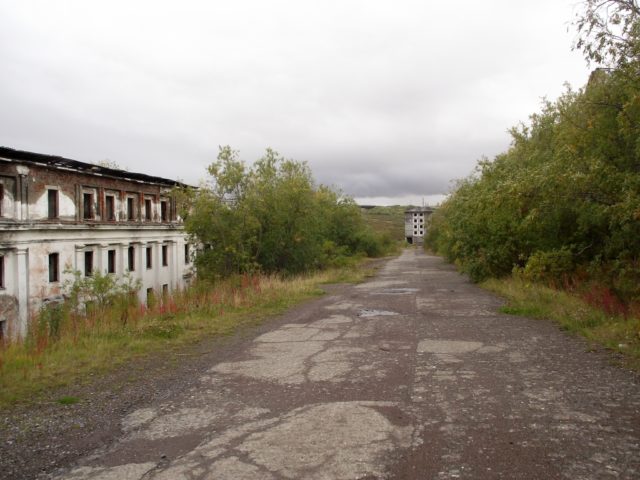
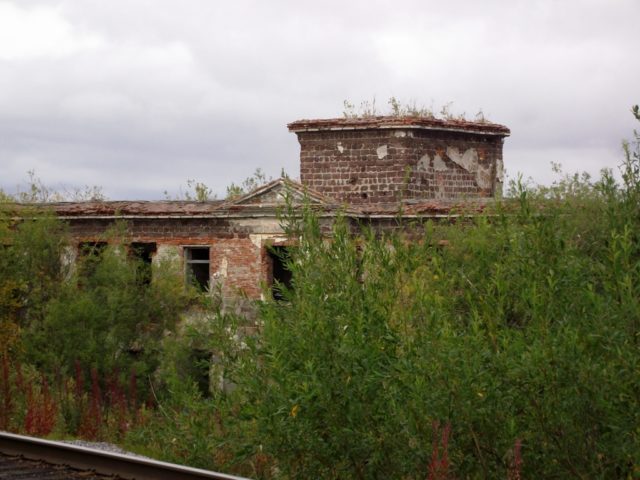
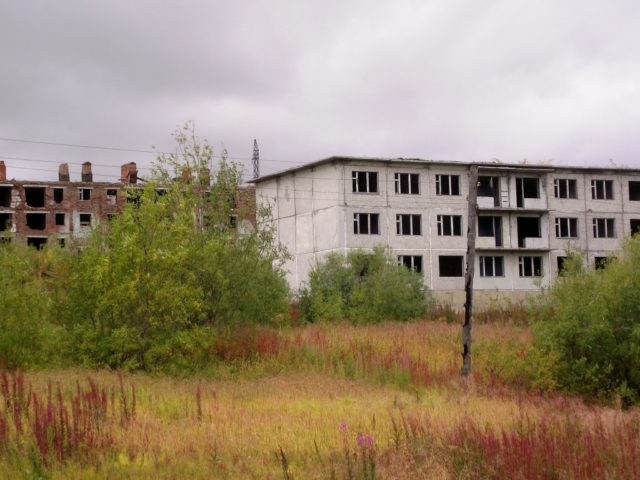
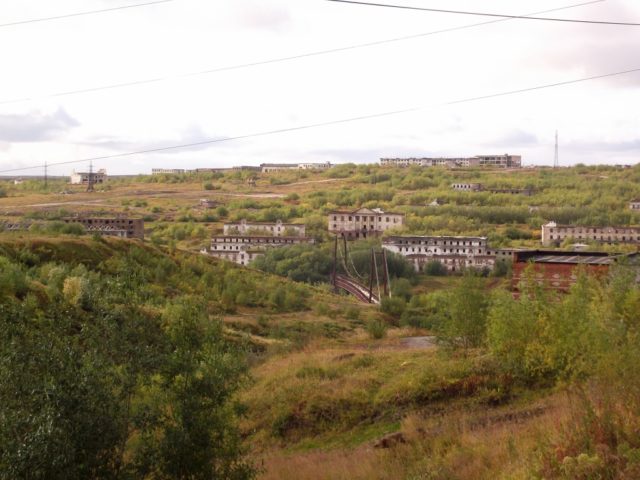

København: Phantom Ship Roaming the Seas
